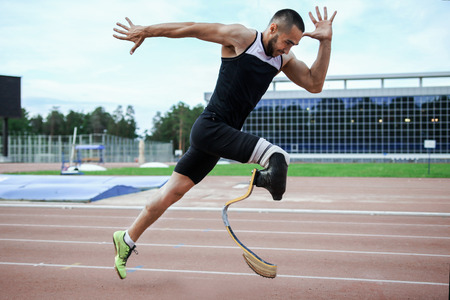Note that your final mark will not be saved in the system.
Engagement patterns in sport Typeit
Type the correct answers into the spaces. Fill all the spaces before clicking ‘Check Answers!’

Sports participation and engagement can be influenced by numerous factors, and each of these factors can influence social groups differently. A social group is a group of people who have shared goals, opinions or views.
Social groups can be categorised as:
- Race/religion/culture
- Family/friends/peers
- Disability
There are a number of factors that affect these different social groups:
refer(s) to the way in which someone feels about something. For example, some women may view some sports, such as rugby, as traditionally masculine, so refuse to take part in these sports. Additionally, some individuals may also experience , such as sexism (gender specific), which may reduce their motivation to take part in sport. can influence the engagement patterns of sport participation; if an individual has an elite athlete to look up to in a sport, they are more likely to be inspired to participate. However, this can sometimes relate to a lack of coverage of some less-popular sports. For example, while we are seeing more female sport on TV, such as the 2019 Women's Football World Cup, this is still way below the coverage of male sports.
A lack of opportunity and to facilities, clubs and activities may also lead to reduced participation rates among social groups. Individuals who live in rural areas have fewer opportunities and may have to travel further to a leisure centre or sports club. Young children who rely on their parents or other family members may also not be able to access sporting opportunities as they need their parents to drive them to locations, which may not always be possible due to family , such as looking after other siblings. Additionally, full-time working adults often have to work eight or more hours a day, reducing the amount of available to take part in sport and physical activity. Furthermore, an individual's -economic status and their income may impact on participation rates, as individuals who do not have the money to pay for club fees, clothing and equipment to take part in sport are less likely to participate.
A lack of - the knowledge that some sports/activities exist - may reduce participation rates if individuals are not aware of the opportunities available to them. For example, some elderly people may not know how to play some sports, so do not participate. Some individuals with disabilities may also not be aware of programmes on offer in their local area. Running these programmes allows all individuals, regardless of ability, to be integrated, and reduces discrimination among these social groups. It is also important that young children in school are lots of different sports and activities, so they can find one they enjoy and can continue to take part in it in adult life.
Finally, some cultures and may have lower participation rates in some sports due to religious commitments, such as festivals, and not having the time to participate. Additionally, some religions and cultures may feel discriminated against in sport, with some ethnicities being channelled into specific sports.